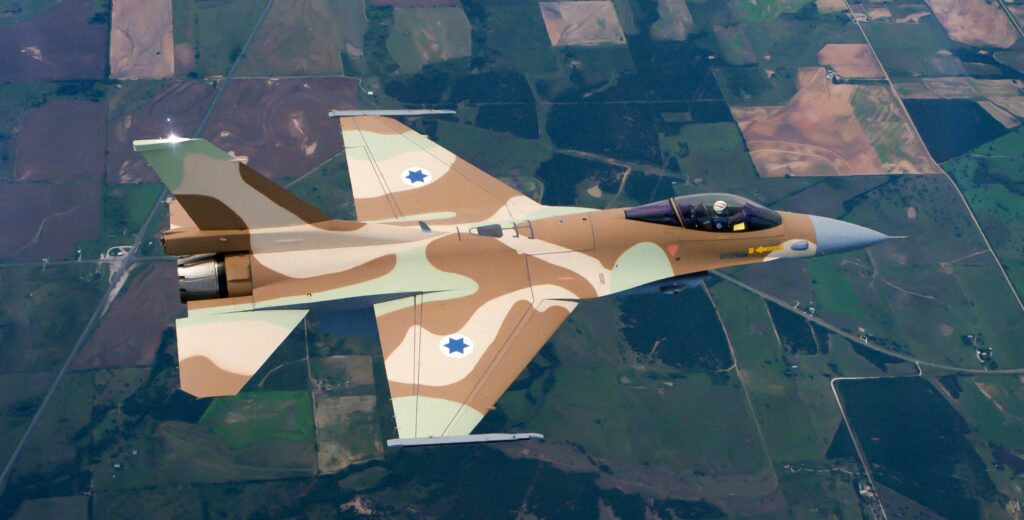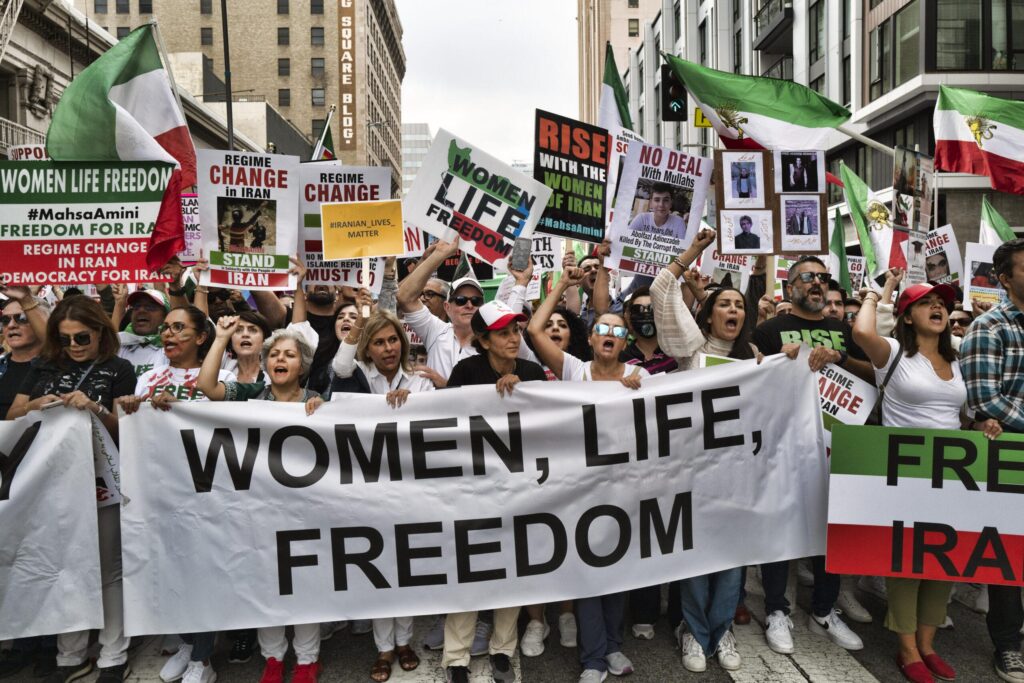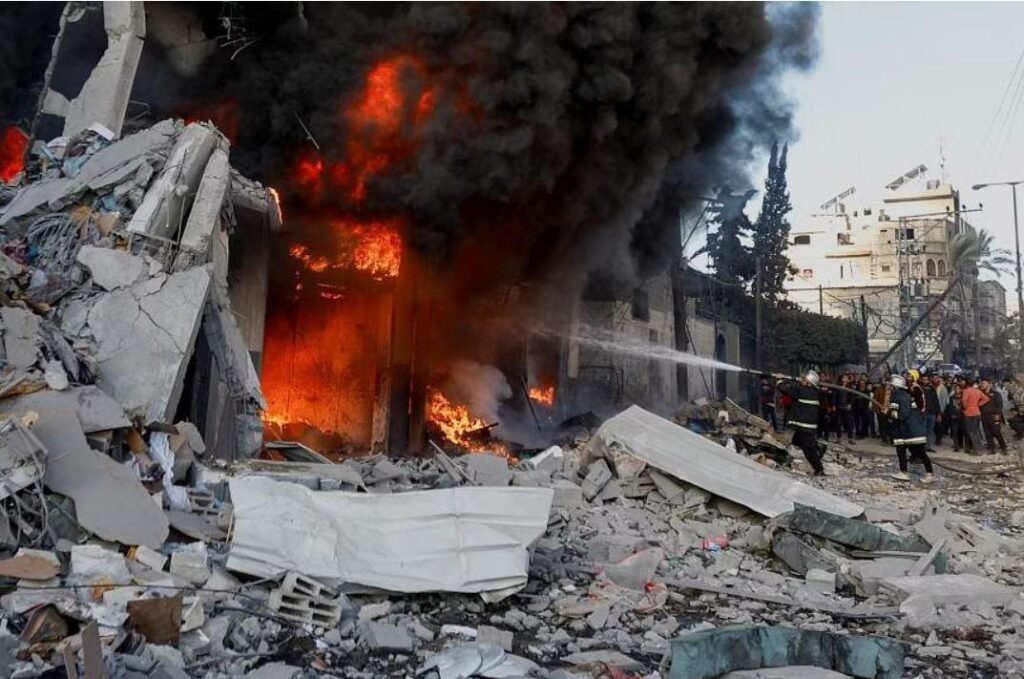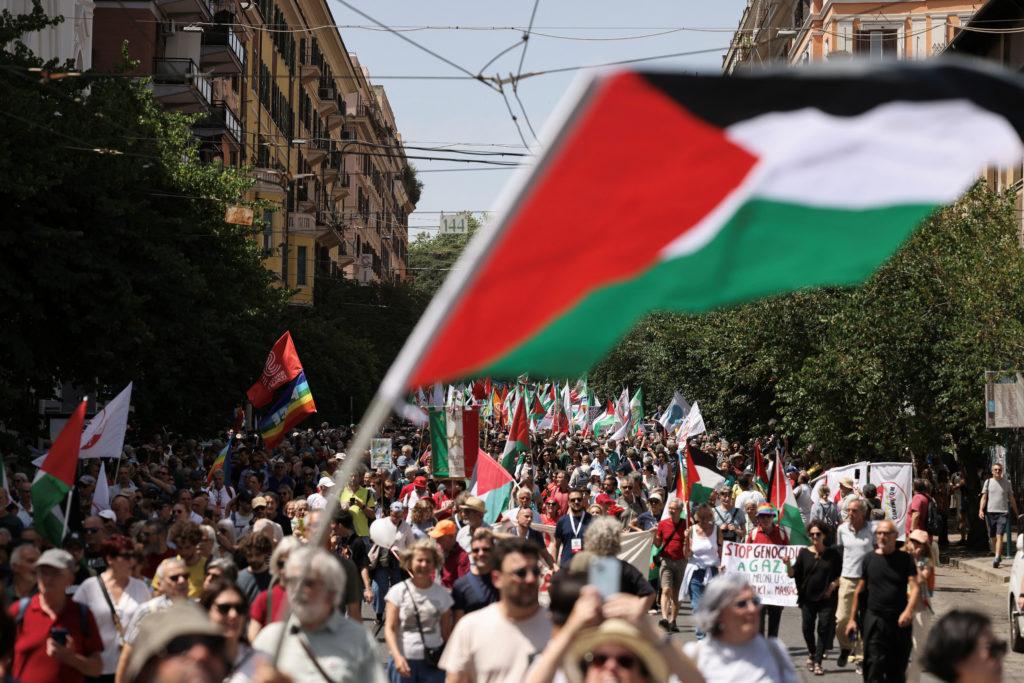In the volatile landscape of Middle Eastern geopolitics, Iran finds itself nursing strategic wounds after a calculated strike that pierced the heart of its nuclear infrastructure. Silent centrifuges, once humming with atomic ambition, now stand damaged and exposed, revealing the vulnerability of a programme long shrouded in secrecy and international suspicion.As debris settles and smoke clears, Tehran’s response simmers with a complex brew of diplomatic outrage and strategic recalculation, promising ripple effects that could reshape regional tensions and global nuclear dynamics. In the wake of targeted strikes that have severely impacted its nuclear infrastructure, Iran is grappling with meaningful strategic challenges and mounting international pressure. Intelligence reports suggest multiple precision-guided munitions struck critical facilities near Isfahan and Natanz, causing substantial damage to uranium enrichment centrifuges and research laboratories.
The coordinated assault, believed to be a joint Israeli-American operation, has disrupted Iran’s nuclear ambitions and exposed vulnerabilities in its defensive systems. Satellite imagery reveals extensive structural damage, with key research areas appearing compromised and specialized equipment rendered inoperable.
Iranian officials have responded with a combination of diplomatic condemnation and veiled military threats. Senior military commanders have signaled potential retaliatory actions, suggesting the strikes will not go unanswered. Diplomatic channels have been activated,with Iran lodging formal complaints through international organizations and seeking potential United Nations intervention.The geopolitical landscape has dramatically shifted, with regional tensions escalating rapidly. Strategic analysts are closely monitoring potential Iranian responses, anticipating potential proxy confrontations or asymmetric warfare tactics. The strikes represent a significant escalation in the ongoing technological and military chess match between Iran and its adversaries.
Technical experts assessing the damage have noted the sophisticated nature of the attack, indicating advanced intelligence gathering and precision targeting capabilities. The strikes appear designed to specifically disrupt uranium enrichment processes and technological research infrastructure.
Economic implications are substantial, with estimated reconstruction costs potentially running into hundreds of millions of dollars. The nuclear program’s setback could force substantial recalibration of Iran’s technological and strategic planning, potentially delaying critical research timelines.
International reactions have been mixed, with some nations expressing concern about potential further destabilization while others tacitly support the strategic intervention. The complex web of diplomatic relationships continues to evolve in response to these unprecedented developments.
Military strategists suggest the strikes represent a calculated effort to impede Iran’s nuclear capabilities without triggering full-scale military confrontation. The precision and limited scope of the operation indicate a carefully planned approach aimed at strategic disruption rather than comprehensive destruction.
As investigations continue and diplomatic discussions unfold, the global community remains watchful. The intricate balance of power in the region hangs in a delicate equilibrium, with each strategic move carrying potentially profound consequences for international relations and regional stability.









